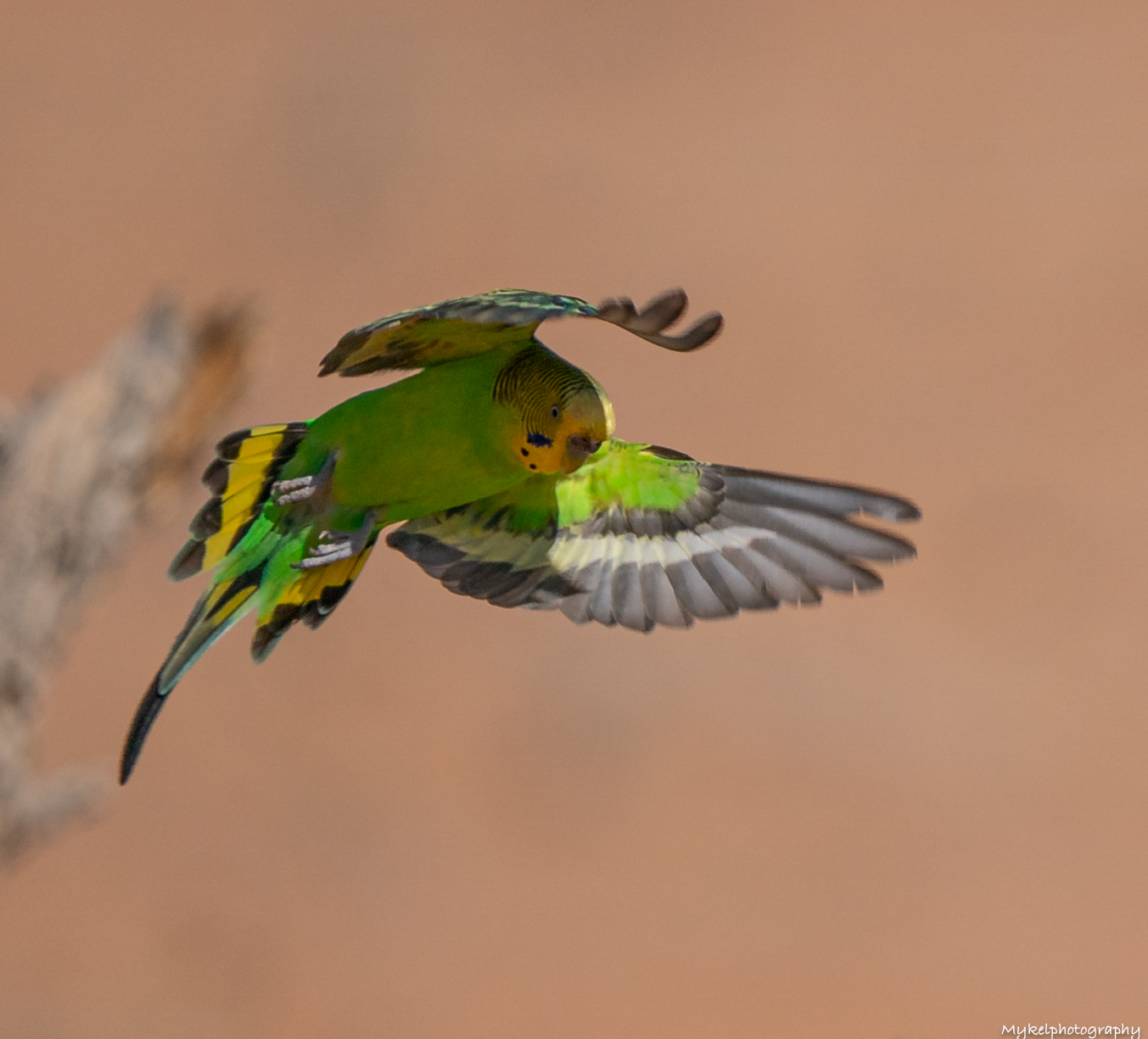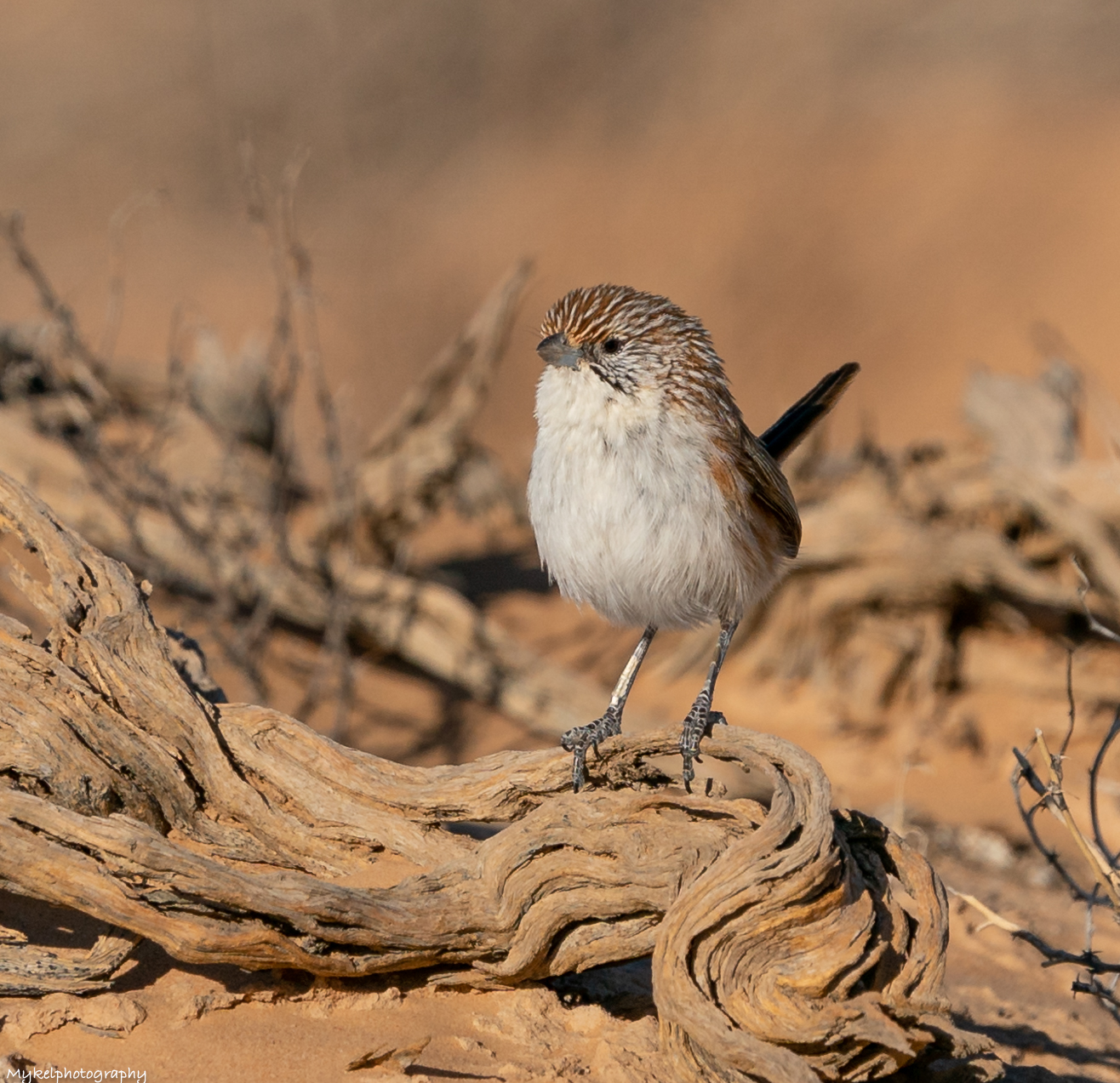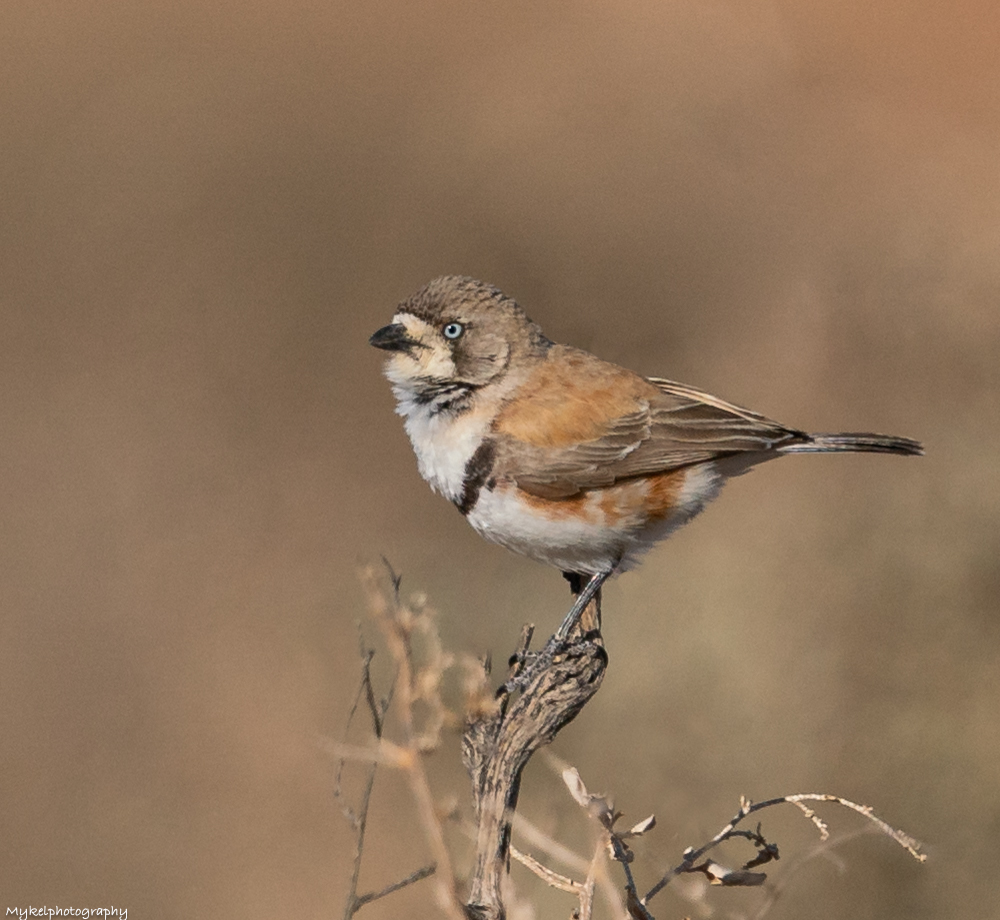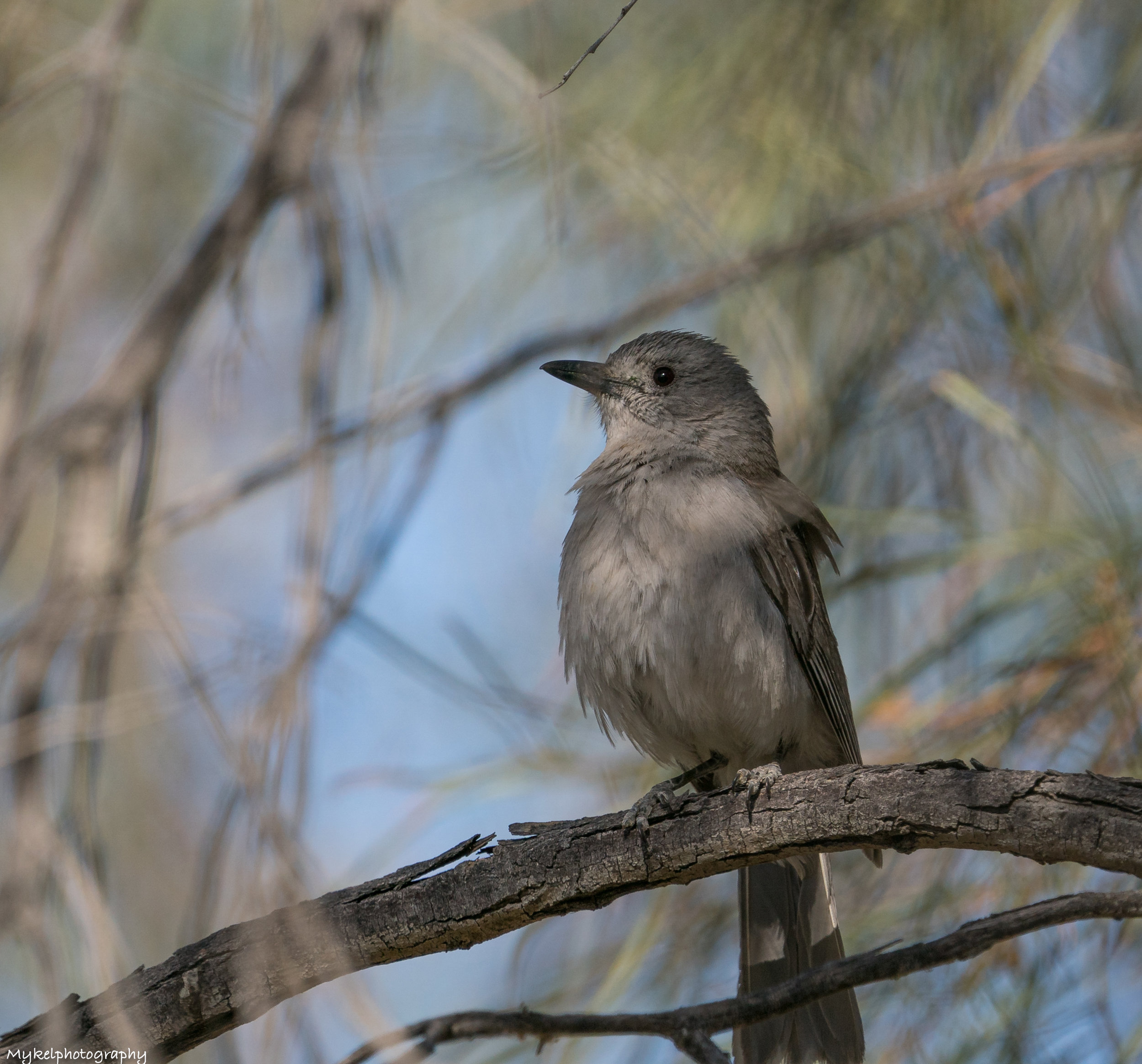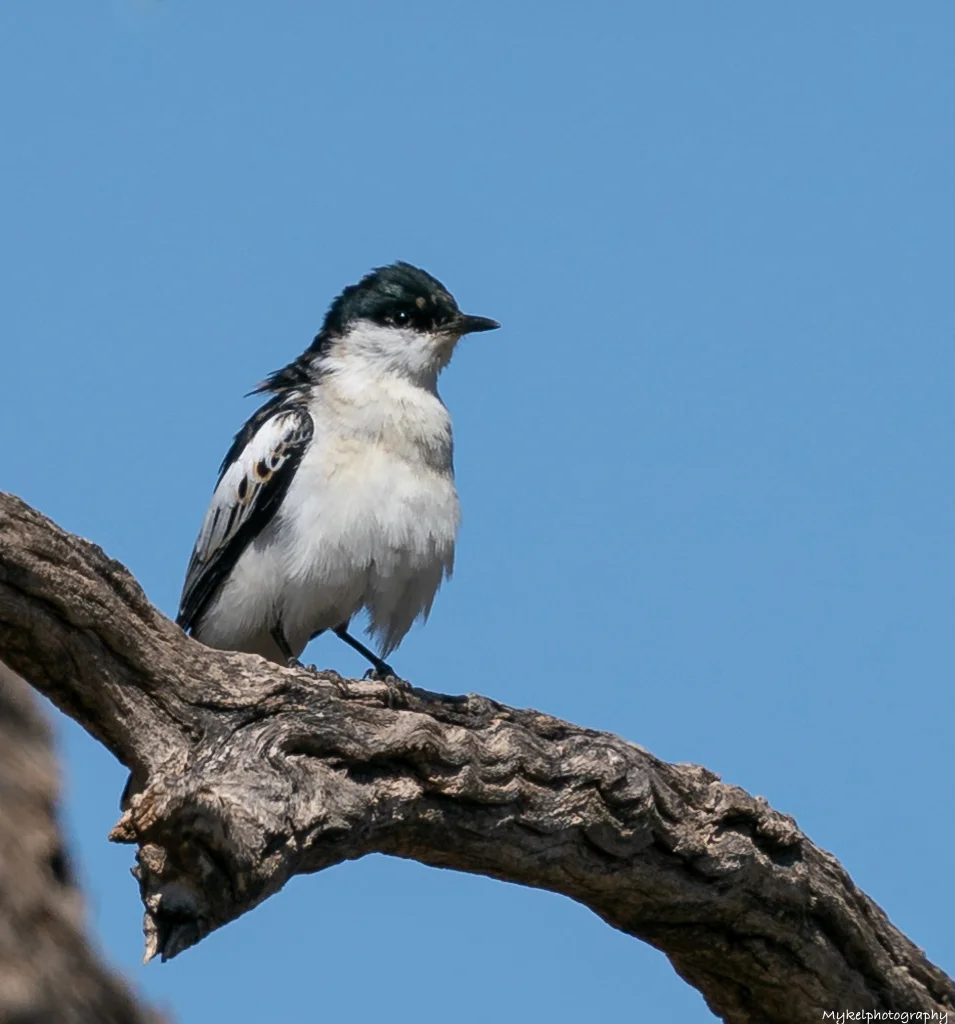09/09/2019
Innamincka National Park
This series of images are all captured with the new Sony 200-600mm f5.6-6.3 G lens on a Sony A9 body
From red sand dunes, gibber plains and salt lakes, to wetlands, artesian springs and river systems, this park showcases unique scenic and cultural environments on an immense scale.
Innamincka Regional Reserve is a park of contrasts. Covering more than 1.3 million hectares of land, ranging from the life-giving wetlands of the Cooper Creek system to the stark arid outback, the reserve also sustains a large commercial beef cattle enterprise, and oil and gas fields.
The heritage-listed Innamincka Regional Reserve park headquarters and interpretation centre gives an insight into the natural history of the area, Aboriginal people, European settlement and Australia's most famous explorers, Burke and Wills.
From the interpretation centre, visit the sites where Burke and Wills died, and the historic Dig Tree site (QLD) which once played a significant part in their ill-fated expedition.
White-winged Fairy-wren Malurus leucopterus
Maluridae
Australia’s fairy-wrens have the reputation of being brightly coloured, and the White-winged Fairy-wren is one of the most striking. Males of the species are virtually entirely bright-cobalt blue, except for their wings, which are, as the name suggests, gleaming white.
White-winged Fairy-wren Malurus leucopterus
Maluridae
Juvenile - White-winged Fairy-wren pair Malurus leucopterus
Maluridae
White-winged Fairy-wren Malurus leucopterus
Maluridae
Red-backed Kingfisher
Todiramphus pyrrhopygius
Red-backed Kingfishers have adapted to the arid regions of the inland more so than any other kingfisher.
Red-backed Kingfisher
Todiramphus pyrrhopygius
Red-backed Kingfisher
Todiramphus pyrrhopygius
Wild Budgerigar Melopsittacus undulatus
Budgerigars are nomadic and large flocks of birds can be seen in most open habitat types, but seldom far from water. Very large flocks, numbering occasionally in the tens of thousands, are seen after a season of abundant rainfall and food. Flocks are usually much smaller, however, and range from as few as three birds up to 100 or more. Birds in a flock fly in a characteristic undulating manner.
Wild Budgerigar Melopsittacus undulatus
Wild Budgerigar Melopsittacus undulatus
Grey Falcon
Falco hypoleucos
Grey Falcons are one of the rarest and most attractive of our raptors and are eagerly sought after by most birdwatchers. Birds of the inland, they inhabit open country intersected by timbered watercourses, more often in Australia's northern half.
Grey Falcon
Falco hypoleucos
Grey Falcon
Falco hypoleucos
Grey Falcon
Falco hypoleucos
Brown Falcon Falco berigora
Falconidae
The Brown Falcon is one of the most widespread birds in Australia — there is almost nowhere they cannot be seen, at least occasionally. They are most commonly seen perched on power poles, or hovering or flying back and forth over open habitats, especially grasslands and low shrublands, where they search for prey. They are opportunistic raptors, catching and eating mammals and birds, snakes and insects, with introduced rabbits are their most common prey in many places, especially in summer.
Brown Falcon Falco berigora
Falconidae
Brown Falcon Falco berigora
Falconidae
Spotted Harrier Circus assimilis
Accipitridae
Although it may be recorded almost anywhere in mainland Australia, the stronghold of the Spotted Harrier is the arid and semi-arid zones. By gliding and soaring, harriers slowly quarter above flat or undulating landscapes covered with low or open vegetation, on the lookout for small birds and mammals on the ground, and then dive or drop onto their quarry.
Spotted Harrier Circus assimilis
Accipitridae
Spotted Harrier Circus assimilis
Accipitridae
Black Kite Milvus migrans
Accipitridae
In their natural habitat, Black Kites are spectacular, soaring effortlessly in the wind, their long forked tails constantly twisting to manoeuvre the bird while searching for food on the ground below, or skillfully catching insects on the wing.
Black Kite Milvus migrans
Accipitridae
Black Kite Milvus migrans
Accipitridae
Nankeen Kestrel Falco cenchroides
Falconidae
The Nankeen Kestrel is widespread in Australia, though it occurs only sporadically in Tasmania. Kestrels usually occur in open country, such as grasslands and farmland, and avoid dense forests unless they have been opened up by clearing. They hunt a variety of prey, including small mammals (especially mice), small birds, lizards and insects.
Eyrean Grasswren
Amytornis goyderi
Eyrean Grasswrens in good years are widespread throughout the Strzelecki and Simpson Deserts,Canegrass habitat occurs along much of this area but the thickest growth is the best place for grasswrens.
Eyrean Grasswren
Amytornis goyderi
Eyrean Grasswren
Amytornis goyderi
Chestnut-crowned Babbler Pomatostomus ruficeps
Pomatostomidae
Like all of Australia’s babblers, the Chestnut-crowned Babbler occurs in boisterous groups which breed co-operatively. These noisy flocks forage on the ground, taking insects from the leaf litter, turning over debris or digging in the soil, all the while hopping forward so that the group moves in a slow progression. When disturbed, they hop or fly to the nearby cover of trees or shrubs,
Chestnut-crowned Babbler Pomatostomus ruficeps
Pomatostomidae
Cinnamon Quail-thrush
Cinclosoma cinnamomeum
The arid chenopod shrublands on the rocky hills and plains of the inland are where you'll find Cinnamon Quail-thrushes. They are birds of the open country where trees are largely confined to the watercourses and the remaining vegetation is comprised mainly of acacias and saltbush.
Cinnamon Quail-thrush
Cinclosoma cinnamomeum
Chirruping Wedgebill
Psophodes cristatus
Chiming Wedgebills prefer much denser shrubland -The two species of Wedgebill are so similar in appearance that they were still regarded as one as late as 1973. Identifying them on plumage alone is extremely difficult and the best reference in this regard is HANZAB (Handbook of Aust. NZ and Antarctic Birds). Basically the Chiming occurs in the west (of Aust.) and the Chirruping in the east but both species occur in S.A. and far W Qld. - fortunately their ranges barely overlap in the northern Simpson Desert and near Oodnadatta, so on the whole which bird you are watching is dictated by where you are watching it.
Chirruping Wedgebill
Psophodes cristatus
Banded Whiteface
Aphelocephala nigricincta
Banded Whitefaces are birds of the arid interior, real desert dwellers, and more widespread in W.A. than elsewhere.
Banded Whiteface
Aphelocephala nigricincta
Banded Whiteface
Aphelocephala nigricincta
Variegated Fairy-wren Malurus lamberti
Maluridae
Widespread in the arid and semi-arid zones of mainland Australia, the Variegated Fairy-wren is also recorded in tropical, sub-tropical and temperate regions, where it inhabits a wide variety of dense thickets.
Grey Shrike-thrush Colluricincla harmonica
Pachycephalidae
The Grey Shrike-thrush is considered to be one of the best songsters in Australia. It was formerly known as the ‘Harmonious Thrush’, and little wonder, as the species has hundreds, if not thousands, of different songs, most of which are musical masterpieces. The song has been described as glorious, pleasing and melodious, with sweet, mellow, rich and liquid notes. Although their song is pleasant to human ears,
White-winged Triller Lalage sueurii
Campephagidae
During the breeding season, the White-winged Triller is often heard well before it has been seen. Male trillers, with their contrasting black-and-white plumage, often sing almost continuously during display flights, when they glide gracefully from tree to tree, or while perched on an exposed branch. Their song is a pleasant, whistled, canary-like trill.
White-winged Triller Lalage sueurii
Campephagidae
Black-faced Woodswallow Artamus cinereus
Artamidae
The Black-faced Woodswallow often associates with other species of woodswallows as well as White-winged and Varied Trillers, but it is their association with Hooded Parrots in the Northern Territory that is especially intriguing. Hooded Parrots almost always forage in the company of Black-faced Woodswallows. The woodswallows are used by the parrots as sentinels to warn of the approach of potential predators, such as Brown, Grey or Red Goshawks, and whenever the woodswallows give their alarm calls, the parrots fly away to safety.
Black-faced Woodswallow Artamus cinereus
Artamidae
Rufous Songlark Cincloramphus mathewsi
Megaluridae
The Rufous Songlark is a summer breeding visitor to the lightly timbered grasslands of southern Australia. Their arrival is heralded by male songlarks performing conspicuous song-flights, during which they flutter and circle over their chosen territories while singing a loud and melodious song all the while. This is used to establish their breeding territories
Whistling Kite Haliastur sphenurus
Accipitridae
The distinctive call of the Whistling Kite is, unsurprisingly, a clear whistle, which begins by descending down the scale, followed by an up-scale staccato chatter, given by birds as they fly overhead or when perched. During the non-breeding season, they mainly eat carrion, but during the breeding season they take live prey, especially rabbits and hares, as well as fish, reptiles, birds, small mammals and invertebrates.
Brolga Grus rubicunda
Gruidae
One of the most obvious features of the Brolga’s behaviour is its courtship display, an elaborate dance. The dance begins with a pair of birds picking up grass, tossing it into the air and catching it again. This is followed by the birds repeatedly leaping a metre into the air with wings outstretched, followed by stretching their necks upwards, bowing to one another, bobbing their heads, walking about and calling. Sometimes the dance is done alone or in a group, with the birds lining up opposite one another.
It always surprises me how all these beautiful birds can live and survive in these harsh conditions…
Innamincka is 1046km from Adelaide. Access is via the Strzelecki Track via Leigh Creek. Please refer to the latest Desert Parks Bulletin for current access and road condition information.









